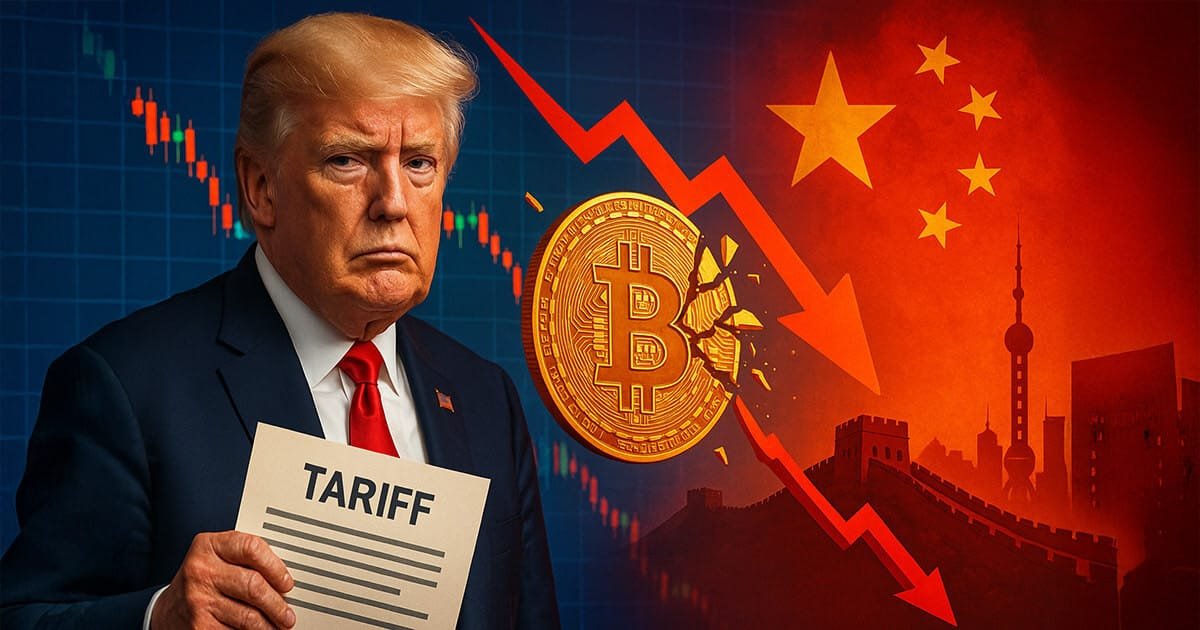Since the launch of spot Bitcoin exchange-traded funds (ETFs), the United States has experienced unprecedented levels of Bitcoin activity. However, stablecoin adoption in the U.S. has slowed in 2024 compared to global trends, as highlighted by a Chainalysis report from October 17.
There has been a noticeable change in stablecoin use in the U.S. this year. Transactions involving stablecoins on U.S.-regulated exchanges have dropped, falling from around 50% in 2023 to less than 40% in 2024.
In contrast, stablecoin transactions on platforms outside of U.S. regulation have soared since 2023, surpassing 60% in 2024, according to Chainalysis’ latest report on North American crypto adoption trends.
Chainalysis noted that this shift doesn’t necessarily indicate a dramatic decline in U.S. stablecoin activity. Instead, it reflects the growing importance of stablecoins in emerging markets and regions outside the U.S.
Global demand for US dollar-backed assets has surged
One key factor behind the global rise in stablecoin use is the increasing demand for U.S. dollar-backed assets, especially in countries where access to stable currencies is limited.
The report cited data indicating that over $1 trillion in U.S. dollar banknotes—about half of the total U.S. banknotes in circulation—were held outside the country by late 2022, based on estimates from the U.S. Federal Reserve.
This expanding use of stablecoins in international markets underscores a larger trend: more economies are turning to U.S. dollar-backed stablecoins as a reliable store of value and for lower-cost transactions.
These findings align with statements from Tether CEO Paolo Ardoino, who noted in early October that developing nations such as Argentina, Turkey, and Vietnam are the primary drivers of stablecoin demand, rather than the U.S.
Regulatory uncertainty threatens US leadership in stablecoin adoption
Another factor contributing to the U.S.’s lagging stablecoin adoption is the regulatory uncertainty surrounding digital assets.
Chainalysis pointed out that Circle, a major stablecoin issuer, has raised concerns about the absence of clear crypto regulations in the U.S. This regulatory gap has allowed financial centers in regions like Europe and the United Arab Emirates to attract stablecoin projects with more accommodating regulatory environments.
“The lack of a regulatory framework in the U.S. for stablecoins tied to the dollar poses a risk to American interests,” a Circle spokesperson warned in the report.
As more countries implement supportive regulations to foster stablecoin use, U.S. policymakers face growing pressure to establish clearer guidelines, according to Chainalysis.
For more news, find me on Twitter Giannis Andreou and subscribe to My channels Youtube and Rumble
What is your opinion on this particular topic? Leave us your comment below! We are always interested in your opinion!









